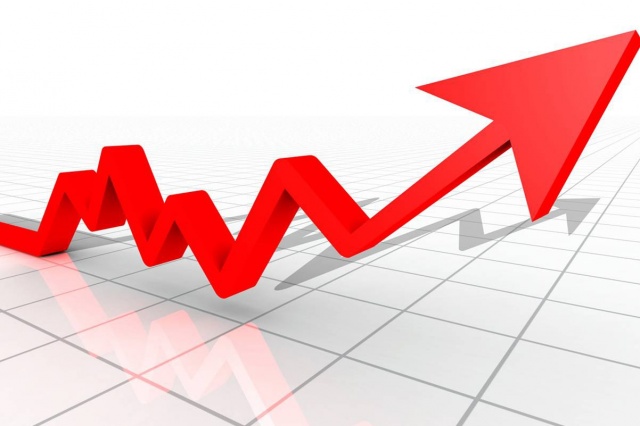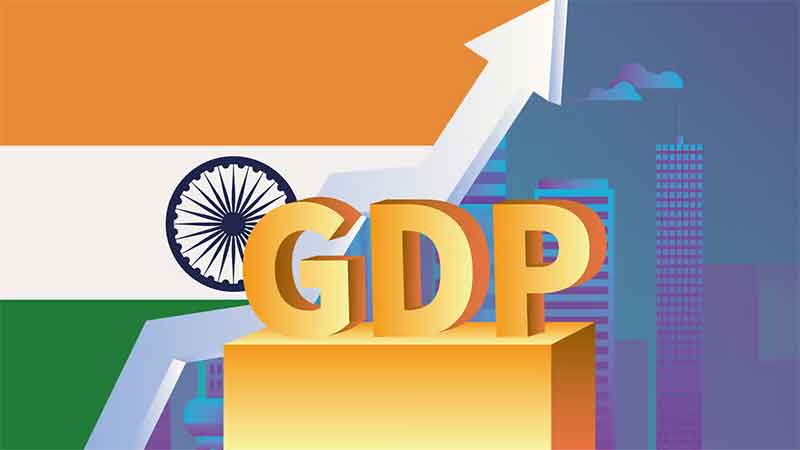
The air in India, thick with pronouncements of economic triumph, celebrates the nation’s rapid ascent in global GDP rankings, projecting it to become the world’s fourth-largest economy by the end of 2025, surpassing Japan. This remarkable leap from 10th place in 2014, fuelled by a 105% nominal GDP growth, is often presented as an unmitigated success story. Yet, beneath this glittering aggregate figure lies a stark and often painful reality for hundreds of millions of Indians. The pervasive fixation on India’s GDP rank, whether it is fifth or sixth, serves as a profound distraction from the urgent, deeply entrenched human development challenges that define the daily lives of its vast population.
India’s aggregate economic growth is undeniably impressive. The International Monetary Fund (IMF) projects the country’s nominal GDP to reach $4.19 trillion by 2025, solidifying its position as the world’s fourth-largest economy, and potentially rising to third by 2027. From 1990 to 2023, India achieved an average annual growth rate of 6.7%, a pace that outstripped many developed nations, including the US, Germany, and Japan. However, this aggregate success story is significantly diluted when viewed through the lens of individual well-being. With a population of over 1.4 billion, the world’s largest, India’s per capita GDP remains strikingly low at just $2,880 in 2025, placing it outside the top 100 countries globally, even when adjusted for Purchasing Power Parity (PPP). To put this into perspective, China’s per capita GDP is $13,690, and Japan’s is $33,960. The sheer scale of India’s population transforms a large national economic pie into remarkably small individual slices.
Beyond the abstract economic indicators, the human cost of uneven development becomes tragically clear in the statistics on child malnutrition. In India, the prevalence of stunting among children under five years, as per NFHS-5, was 35.5%, with some reports indicating figures as high as 40%. South Asia, as a region, carries the highest burden, with 35% of its children, or 59.4 million, suffering from stunting. This pervasive stunting is not merely a matter of food availability; it is a profound indicator of systemic failures, with research pointing to failing governance systems as a primary driver. A staggering 74% of India’s population cannot afford a healthy diet, and 39% lack a diet adequate in nutrients. The persistence of such high rates of stunting, despite robust economic expansion, points to a fundamental disconnect, suggesting that the benefits of growth are not reaching the most vulnerable.
The narrative of India’s economic dynamism also overlooks the precarious nature of employment for the vast majority of its workforce. The adult informal employment rate in India stood at a staggering 88.9% in 2021, a figure that some reports suggest has remained stubbornly high, around 92%. This informal sector is characterized by lower wages, a notable absence of written job contracts, and a severe lack of essential benefits such as paid leave or pensions. While some data might cite an average base pay of around ₹9.45 lakh per year (approximately ₹78,790 per month) in 2024, this average is heavily skewed. The true economic reality for most is far grimmed: the median earning in India was around ₹9,000 per month (approximately $108 USD) in 2023-24, and the estimated monthly income of the average household was less than ₹10,000. The economic growth, therefore, is not generating enough dignified opportunities that offer stability, benefits, and fair wages for the majority.
Perhaps the most glaring contradiction in India’s economic narrative is the accelerating pace of inequality. The wealthiest 1% of Indians now control over 40.5% of the nation’s total wealth and command 22.6% of its national income. In stark contrast, the bottom 50% of the population collectively owns a mere 3% of national wealth and takes home only 15% of national income. These disparities have deepened significantly over time, becoming more pronounced since India’s economic liberalization in the 1990s and widening sharply over the past decade. The number of Indian billionaires surged from 102 in 2020 to 166 in 2022, reaching 271 by 2024, making India home to the third-highest number of dollar billionaires globally, yet also the world’s highest number of poor. The economic impact of the enduring caste system further exacerbates this inequality, discriminating against lower-ranked castes and limiting their access to finance and entrepreneurial potential.
The prevailing discourse’s overreliance on Gross Domestic Product (GDP) as the sole measure of national success creates a critical policy blind spot. GDP is an inadequate and often misleading indicator of true national progress and well-being. It tells nothing about the distribution of wealth and can give high marks to nations with alarming inequalities, thereby obscuring the true state of affairs for the majority. A more holistic approach, such as the Human Development Index (HDI), offers a broader perspective. India’s HDI rank of 130th in 2023 is significantly lower than its GDP rank. Furthermore, when adjusted for inequality (IHDI), India’s HDI value declines by nearly a third (30.7%). This stark difference highlights the poor human development outcomes and severe inequalities masked by the aggregate GDP figures. As economist Amartya Sen’s “capability approach” argues, the basic concern of human development should be “our capability to lead the kind of lives we have reason to value,” moving beyond mere GDP growth.
The national obsession with India’s GDP rank is a dangerous distraction from the nation’s profound human development challenges. While India’s economic growth is undeniable, its benefits have been unevenly distributed. This trajectory of “growth without development” is not merely an economic inefficiency but a profound moral failing. For India’s growth to be truly meaningful and sustainable, a fundamental reorientation of policy priorities is essential. This requires bridging the vast income gap, creating sustainable and dignified jobs, and strengthening the manufacturing base to absorb its massive workforce. Governments must shift their focus to human development in addition to economic growth, necessitating a comprehensive strategy that actively addresses income disparity, enhances access to high-quality social services—including healthcare, education, and sanitation—and tackles pressing environmental issues.
As Mahbub Ul Haq eloquently stated, “The real wealth of a nation is its people. And the purpose of development is to create an enabling environment for people to enjoy long, healthy, and creative lives”. True national strength and progress are measured not by the size of the economy alone, but by the well-being, dignity, and opportunities afforded to all its citizens. The debate over GDP rank pales in comparison to the fundamental question of how India will ensure a dignified and prosperous life for every one of its people.
Subscribe to Our Newsletter
Get the latest CounterCurrents updates delivered straight to your inbox.
Shariq Us Sabah is a published author and economist, with a keen interest in international affairs. The views expressed in this article are the author’s own and can be contacted at [email protected] . His X handle is @ShariqUS














































